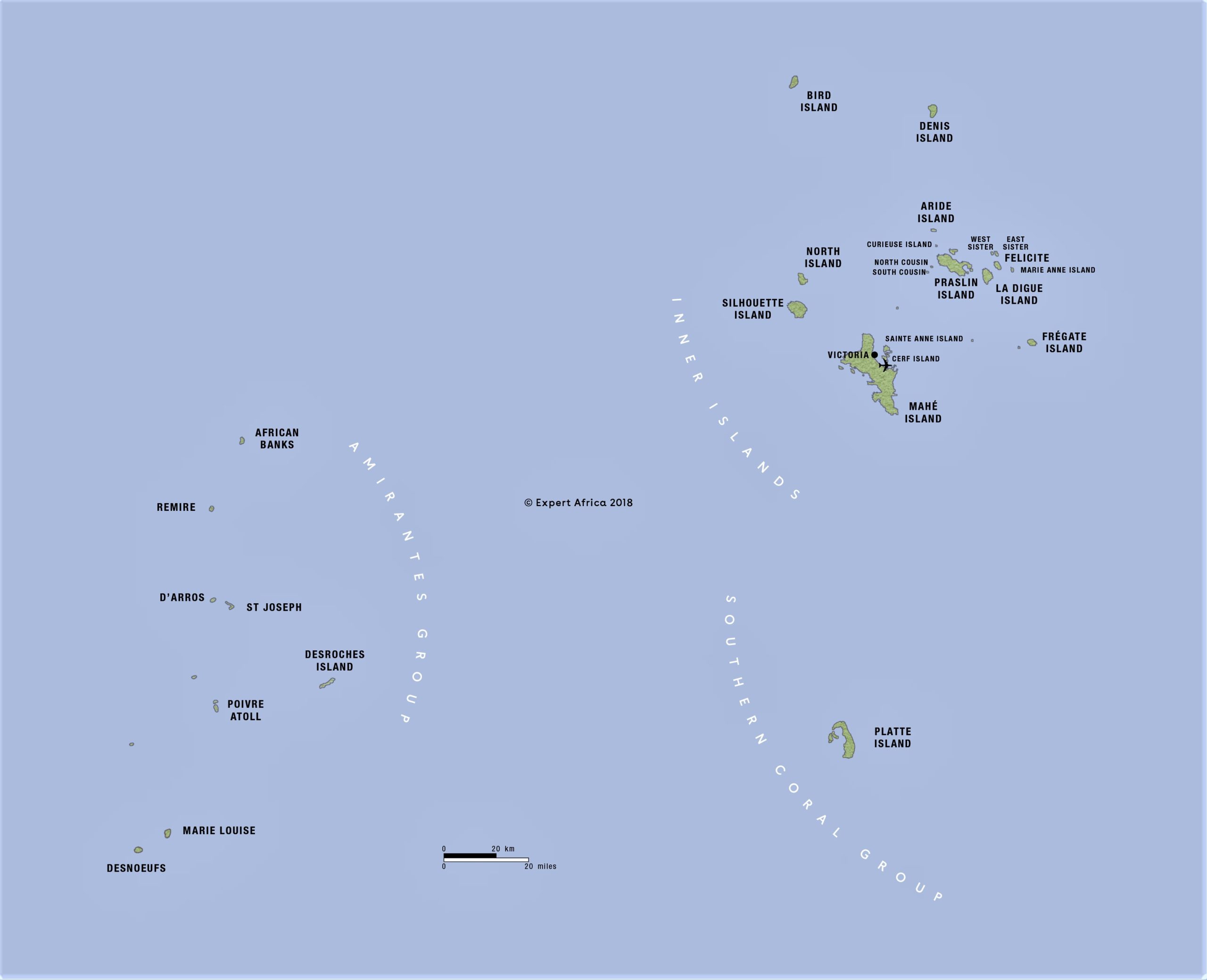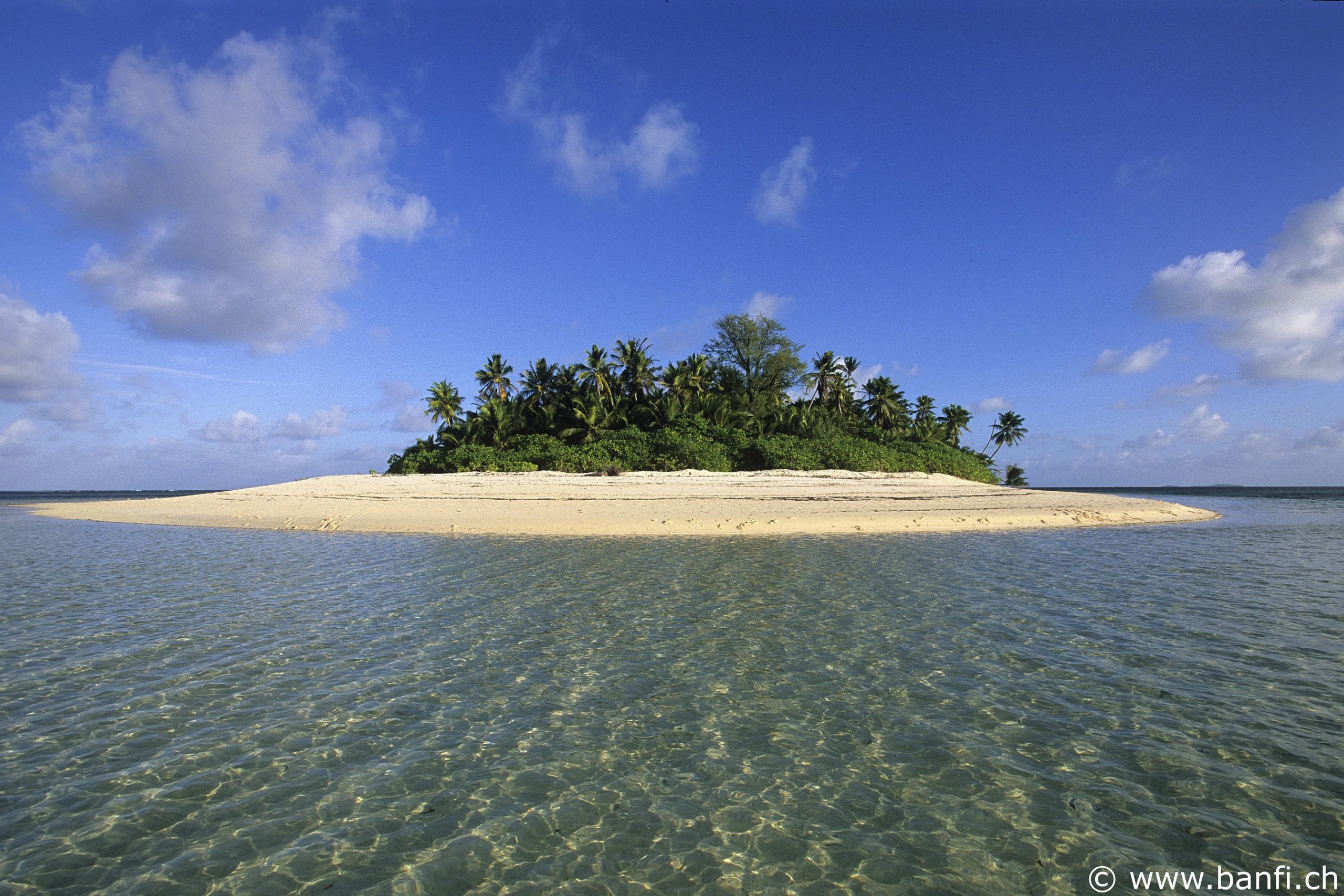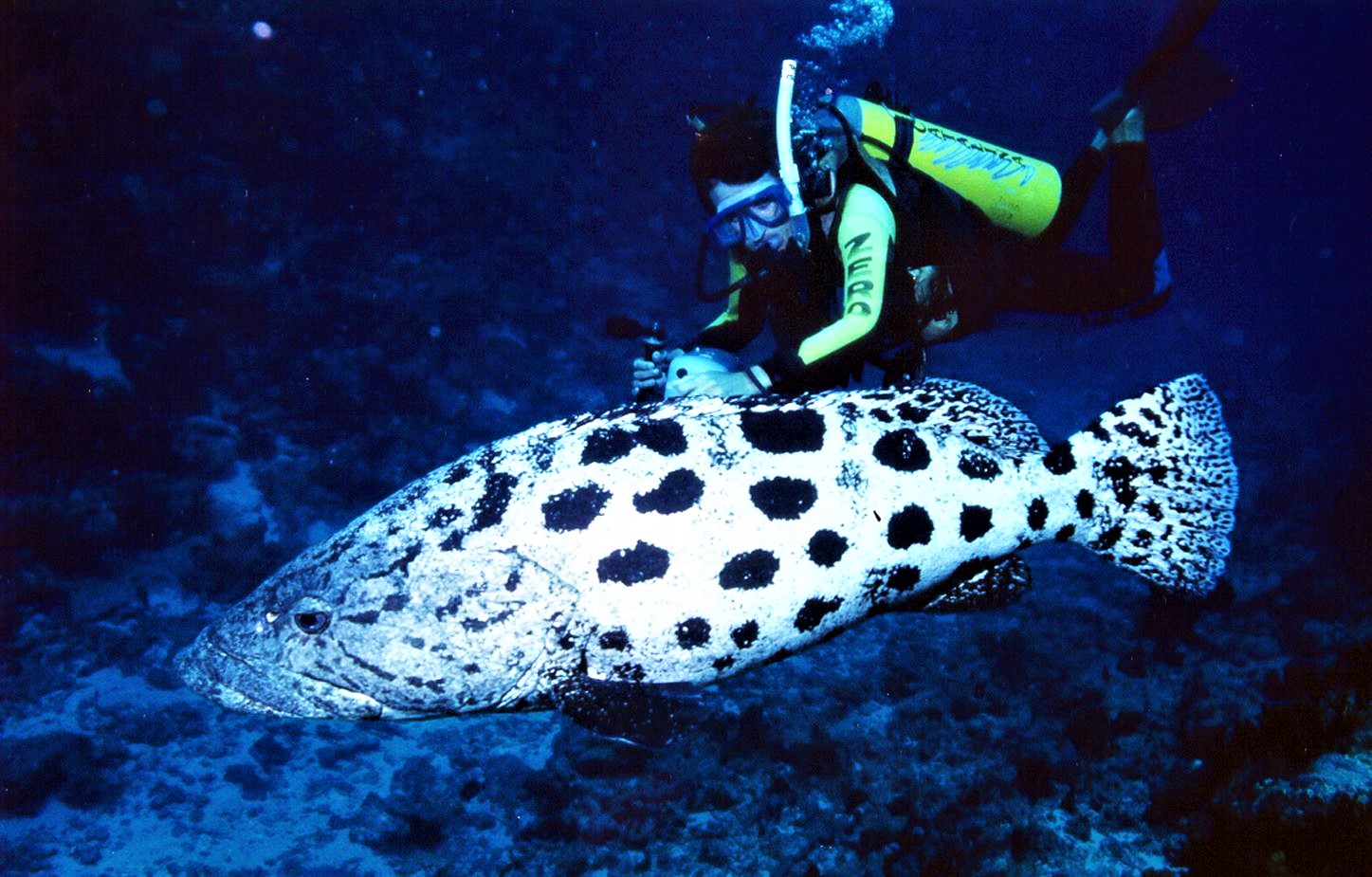Table of Content
Where are the Amirantes?
The Amirantes or Admiral islands are located in the Western Indian Ocean, beginning just 4.5° south of the Equator. Set in an expanse of ca. 390,000 km² or 150,000 miles square of sea defining the Republic of Seychelles, this chain of sparkling, jewel-like atolls, cays, and small coral islands extend from the African Banks in the north to the Alphonse Group in the south. Most islands rise from a large coral platform with a maximum depth of 60m. The Amirantes Bank, which runs between Poivre and l’Étoile islands and drops quickly to 1000m, attracts an abundance of fish to this part of the ocean, making it perfect for diving adventures.

Amirantes or Admiral islands map
What are the Amirantes?
Arab seafarers trading from the East African coast between 1400 & 1600 likely knew of these islands. However, it was the Portuguese explorer Vasco di Gama who put the Amirantes on the map in 1503 during his quest for a lucrative spice route to India. In the late 1700s, both the French and British took over, claiming almost all of this region as potential spice islands. By 1777, the French had established a salted fish and maize settlement on Alphonse to supply the main island of Mahé. Coconut plantations were later developed, beginning with the British at Desroches in 1835. They produced copra for coconut oil along with pumpkins, dried turtle meat, eggs, and chickens.

Approaching Alphonse Island
Despite their remote location, the Amirantes have played a role in history as in this event from 1944. The MV Tulagi, a British cargo ship, was transporting provisions and mail for the Allies from Sydney, Australia to Colombo, Ceylon (now Sri Lanka) with 55 crewmen onboard. A German submarine torpedoed
and sank her off the Chagos Islands. Seven of the 15 survivors drifted 2960km (1840 miles) on a makeshift raft till it beached 59 days later at Bijoutier Island near Alphonse. There the plantation manager found and rescued them.
Today, most of the islands in the Amirantes are devoid of human habitation, rich in marine and bird life, and stunning in their natural beauty. Some islands maintain ranger stations or modest guest houses such as Darros and Rémire. The two largest islands, Alphonse and Desroches, operate private luxury resorts open only to guests although outside visitors are welcome to learn about local conservation efforts. Eradication of non-endemic species, replacement with native ones, collection
& disposal of plastics, protecting turtle nesting areas, tagging and tracking birds and pelagics are some of the projects designed to support sustainable tourism and viable future fisheries.

Bijoutier Island is close to Alphonse in the Amirantes, Seychelles, Indian Ocean
Why are the Amirantes special?
The number and diversity of creatures resident in or passing through the Amirantes on their annual migrations are impressive, the absence of human beings is uncommon. Whales, dolphins, and rays of all types travel alone or in families along ancient routes. Hammerhead, bull, thresher, grey, nurse, and reef sharks materialize out of The Blue only to disappear again. At the reef, a variety of cays, crevices, channels, arches, tunnels, and walls beckon. Giant groupers, trevally, jacks, and a huge Napoleon wrasse approach to eye any newcomer. A company of striped barracudas zooms past on an urgent mission; powder blue surgeons hurry in the opposite direction. A ravenous tuna flashes in, scattering swarms of fusiliers. Rainbow-colored parrotfish chomp industriously at coral outcrops while triggerfish chase one another through spongy labyrinths. A piebald pufferfish calmly skirts a moray eel yawning in its hole. Hawksbill and green turtles traverse sandy patches to browse tasty tidbits. In the coral gardens, look closely to find nudibranchs of all shapes and colors.
Tiny hawkfish and shy seahorses hide in giant sea fans. A bright yellow trumpetfish stands on its nose. Onshore, a grey heron patrols its lagoon on spindly legs, startling a sting ray crossing the turquoise shallows. Up the beach, the raucous cacophony of nesting boobies fills the air. All this in just a single day …imagine a whole week!

Potato grouper also called the potato cod or potato bass
Scientific Facts:
An important ocean current known as the Seychelles-Chagos Thermoclilne Ridge spans all the Amirantes islands. It causes an upwelling and transfer of the deeper,
cooler nutrient-rich waters moving northwards from the Antarctic region. The result is a historically high population of pelagics in this zone. They feed on micro-nekton (krill and plankton) that migrate to the ocean’s surface at night and then dive back into the depths at dawn. Fish feed on the columns of tiny creatures only to in turn be hunted by larger species. Biodiversity is high and species ever-changing, dependent on interconnected currents and climatic conditions, here and elsewhere in the world.
When is it best to visit the Amirantes?
The most pleasant time of the year to visit the Amirantes is from May to November when the southeast trade winds dominate. From December to April, the northwest monsoon takes over bringing humidity up to 80% and the most rainfall in a typical year March and April are the hottest months but the wind lessens and so it is a good time to sail in the Amirantes. July and August are the coolest months but also a period when waves and wind can make travel by boat uncomfortable, even for those not prone to sea sickness. Most vessels offer cruises in this region and other parts of the Outer Islands in the calm periods: March to early May and October to mid-December. Rain showers can occur at any time so pack light raingear along with lightweight, quick-drying clothing. Sturdy waterproof sandals are also recommended for on-shore visits which often require disembarkation from a tender in the coralline shallows.
How to reach Amirantes?
There are not so many liveaboards that can offer you such a trip due to the remoteness of the islands. One of them is Basilisk. Because of her aluminum hull, stability, and fuel capacity, this boat regularly offers Amirantes cruises. The liveaboard makes this trip on both a scheduled and a charter basis. You only need 6 persons to book a charter on Basilisk. So go ahead, gather your friends or call your fellow divers and dive Amirantes!
Important Information for the Amirantes?
• Language: English, French, Creole
• Currency: Seychelles Rupee (SCR) & USD for some tourist entries & fees
• Time Zone: GMT +4
• Air & Water Temperatures: 25-32°C (77-89°F) & 24-27°C (75-80°F)
• Calling Code: +248
• Visa: none required for <3 months but pre-Travel Authorization required
• Electricity: 220 V (British outlets)
• Airport: Seychelles International (SEZ)
• Emergency Numbers: 999 (police) 151 (ambulance)
Written by Maureen Reinertsen